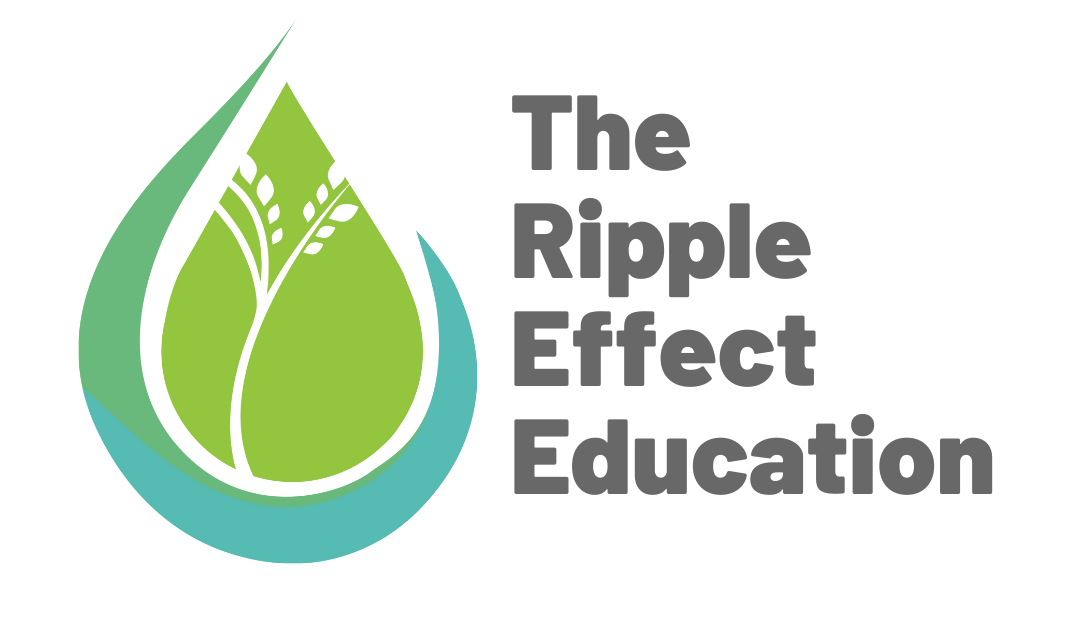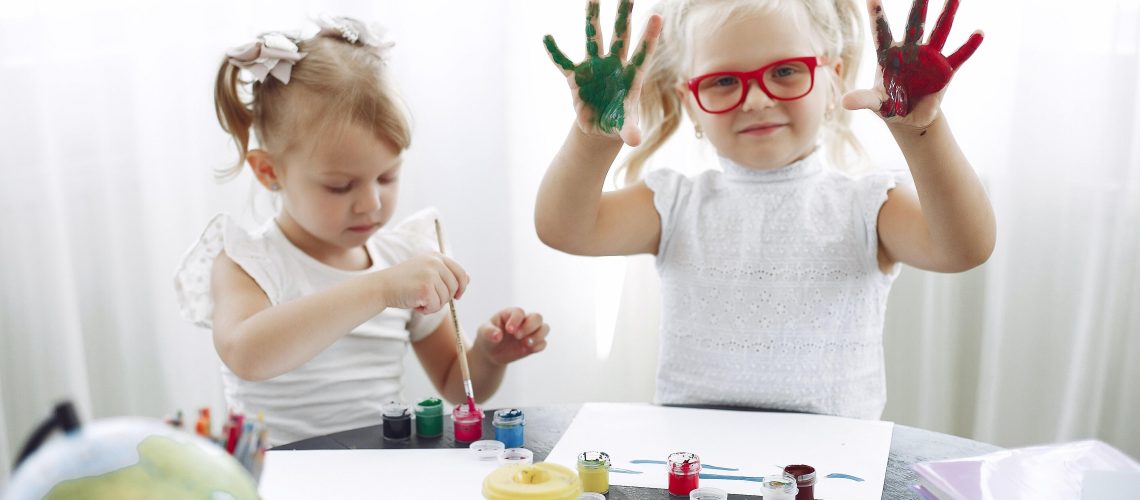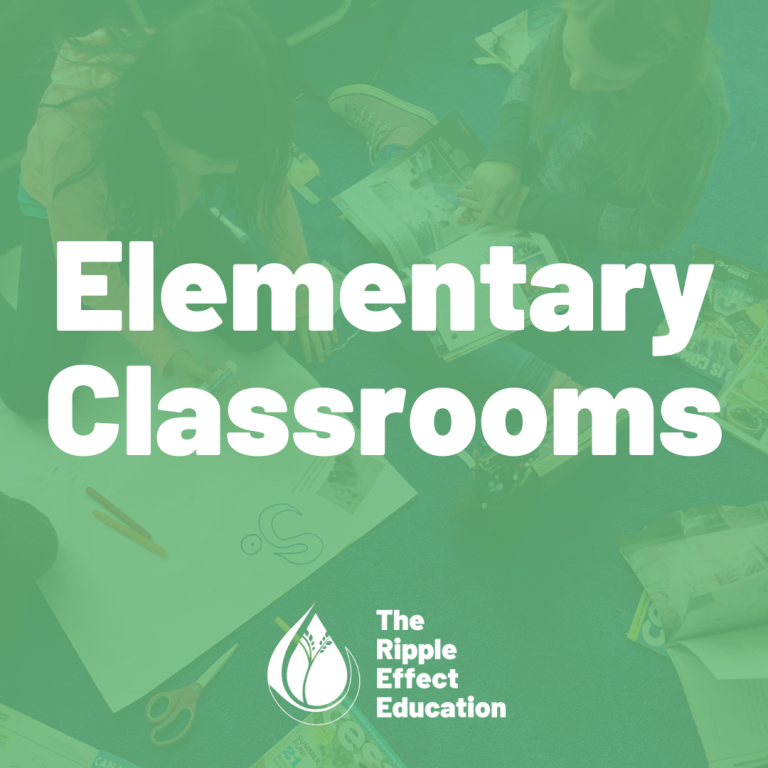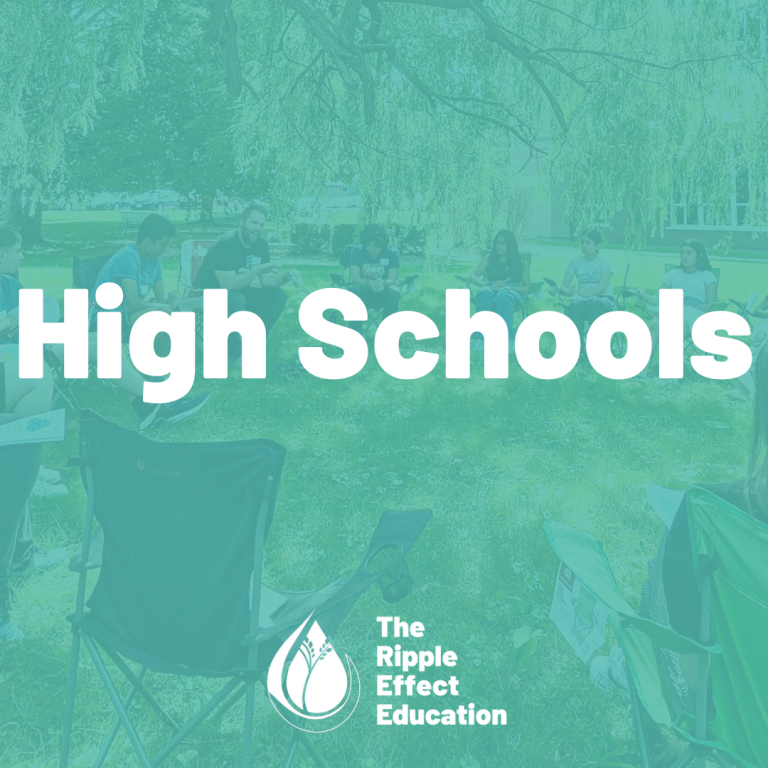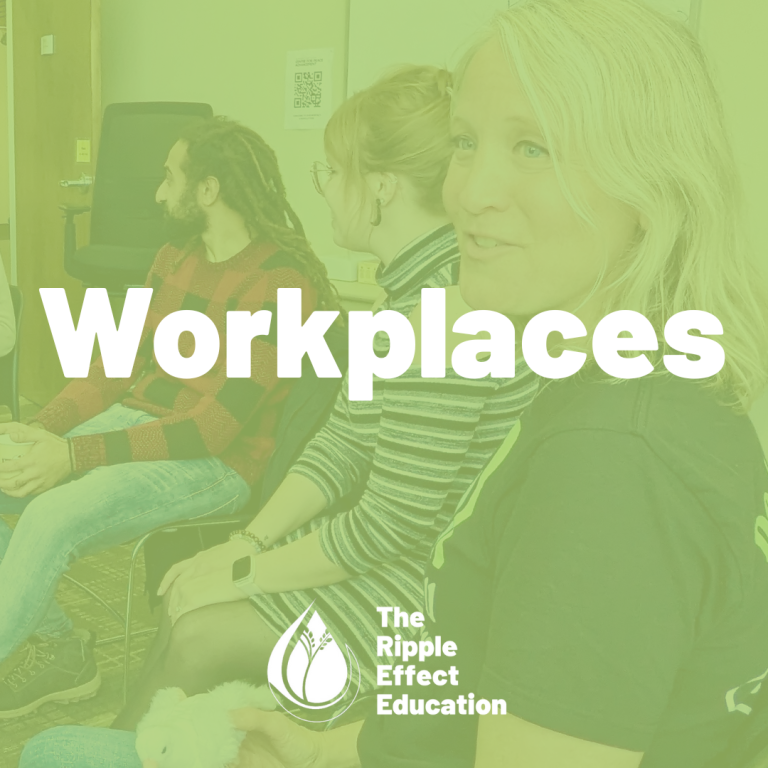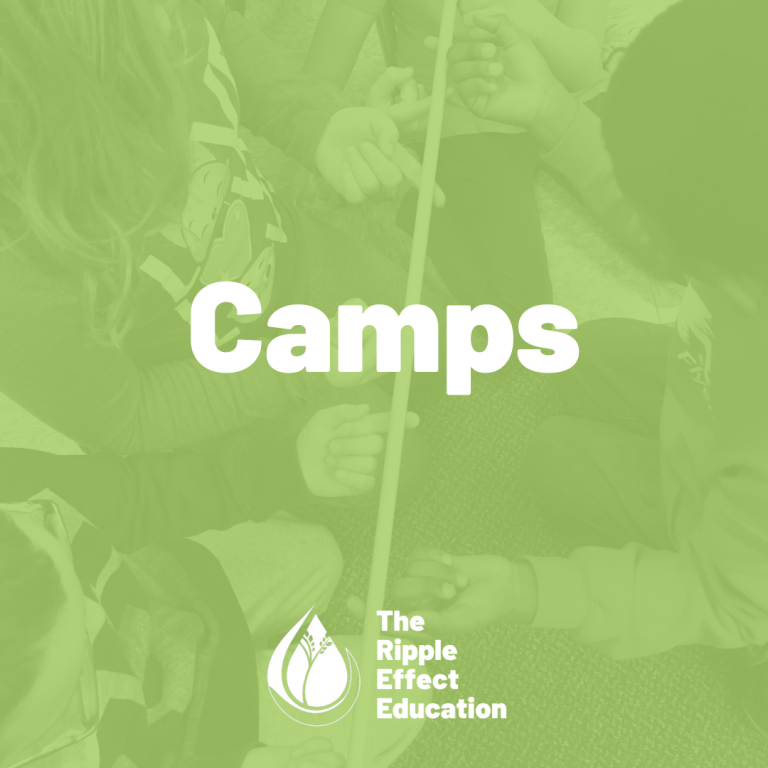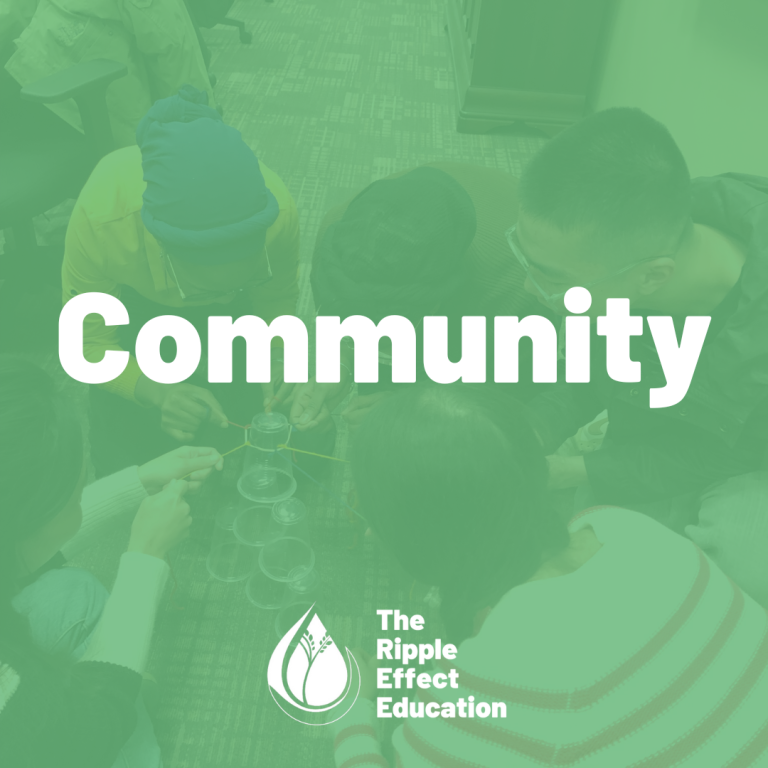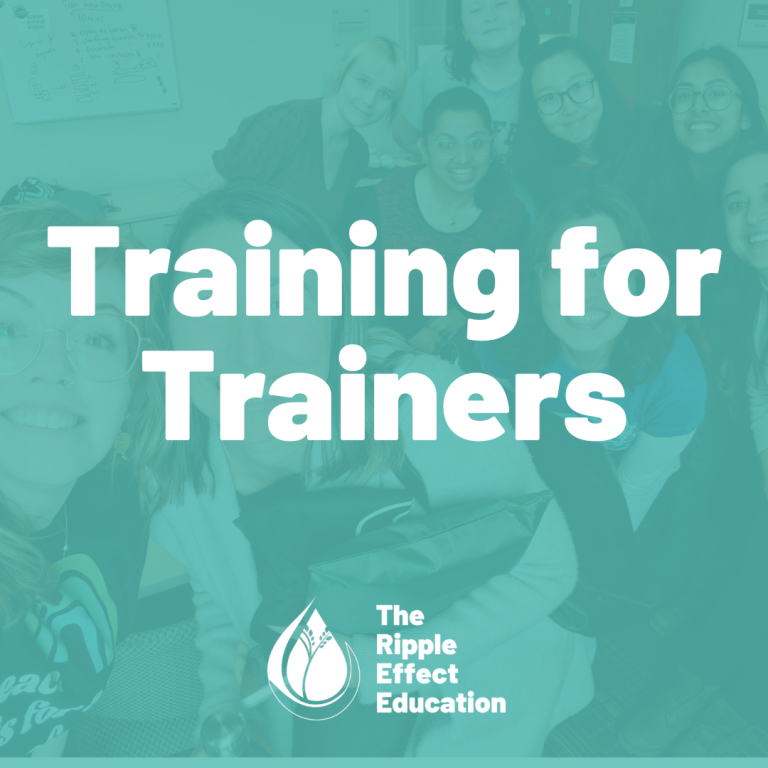This summer is probably looking a bit different than expected, with camps, trips, and adventures being put on hold while we continue to navigate social distancing the best we can. Children can keep on learning through play and dialogue, even with these new safety measures
Each TREE Classroom program includes take-home activities for families, designed to compliment the peacemaking skills practiced in class. While parents and caregivers continue to work to provide games and activities for their children throughout the summer, we have adapted some of our favourite activities from our curriculum for you to try at home!
These three activities are designed for children in early elementary school, ages 6 – 9. Of course, you know your child best! Feel free to adapt these activities to their preferences and interests, or check out our summer reading list!
1. Family Yoga
Relaxation tools like yoga or mindfulness can be powerful tools to help young people improve their focus, emotional regulation, and self awareness. Inviting children to build awareness of how their body moves and how their body feels can be a great way to help children find peace within themselves.
For this activity, the whole family gets to be involved! Yoga doesn’t just benefit the young people in your life, but can benefit everyone. We encourage you to explore some of the incredible children’s yoga resources online, find a “theme” that fits your family, and follow the video to do yoga with your child.
Pick an approach that works best with your family’s needs; that might mean midday stretches, or bedtime poses. Find a schedule that works best for your family, and explore yoga together!
Some of our favourites from Cosmic Kids Yoga:
Optional discussion questions:
- How does your body feel after doing yoga?
- How does your body feel when we’re doing yoga?
- When else could we use yoga to help us feel better?
2. “I Am Thankful For…” Book
Gratitude is about focusing on the positives in our lives and being thankful or showing appreciation for the things we have. Practicing gratitude can help us feel more grounded and can help us show appreciation for the people around us.
Materials: Blank paper, staples, pencils or crayons or markers
This activity focuses on spending time thinking about what we are grateful for. Create a booklet by folding 5-10 blank pages of paper together and staple together at the seam. On the front page, add a creative title, like, “I Am Thankful For…” or “My Gratitude Journal” or “Erin’s grateful thoughts.” Invite your child to fill each page with something they are grateful for. This could be a continuous project, with your child adding something to the booklet every day, or a family activity, with each family member taking turns to add to the journal each day.
Optional discussion questions:
- How does it feel to think about the things you are grateful for?
- Do you think other people are all grateful for the same things? Why or why not?
3. Feelings Chart
The ability to name our emotions is an important part of growing up as healthy humans! When we can recognize and name our emotions we are more able to deal with these emotions in healthy ways.
Materials: blank paper, pencils or crayons or markers or finger paint
Begin this activity by making a list of your child’s common emotions by discussing the emotions they feel often, sometimes or rarely. Talk about what makes them feel those things, and how they can talk about those feelings. Then invite your children to draw those emotions on a piece of paper. Create captions for these feelings by writing the name of the emotion, and how your child can respond when they feel that way. For example, under a sad face, you might write, “Sad: When I feel sad, I can listen to some happy music.” or “Sad: When I feel sad, I can tell someone about it.” Post their feelings chart somewhere that your family can see it to be reminded of your different approaches to different feelings.
Optional discussion questions:
- How do you know when you are feeling one of these emotions?
- How can we respond when we feel this way?
- How do you know when someone else is feeling these emotions?
Let us know if you try out any of these activities, and stay tuned for next week when we explore more peace activities for older youth!
Cover photo by Gustav Fring from Pexels
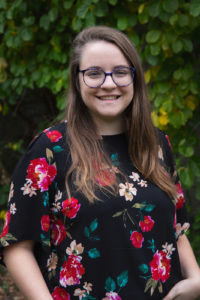 Erin Huston is a social justice advocate and community-building facilitator. After finishing degrees at the University of Waterloo in Legal Studies and Peace & Conflict Studies, Erin pursued a Masters degree in Social Justice and Community Engagement at Wilfrid Laurier University. Passionate about working with youth, Erin uses her education of structural factors and discourses that lead to social inequality and environmental injustice to facilitate programming designed to help empower young people to think critically about issues they care about.
Erin Huston is a social justice advocate and community-building facilitator. After finishing degrees at the University of Waterloo in Legal Studies and Peace & Conflict Studies, Erin pursued a Masters degree in Social Justice and Community Engagement at Wilfrid Laurier University. Passionate about working with youth, Erin uses her education of structural factors and discourses that lead to social inequality and environmental injustice to facilitate programming designed to help empower young people to think critically about issues they care about.
